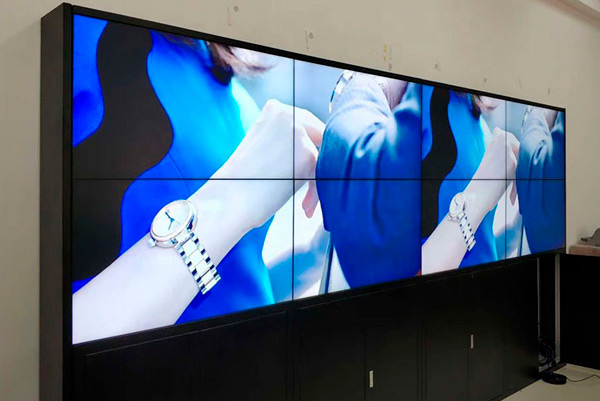Mastering Hue Accuracy in Light Emitting Diode Display Adjustment for Breathtaking Graphic Presentations
Mastering Hue Accuracy in Light Emitting Diode Display Adjustment for Breathtaking Graphic Presentations
Blog Article
Hue accuracy is crucial for producing breathtaking visual presentations, especially when using LED screens. These massive screens are commonly found in places like music venues, sports arenas, and advertising billboards. When the hues on an LED wall are not correct, the images can look dull or distorted, which can affect the total impression for viewers. Therefore, mastering color accuracy in LED screen tuning is crucial for achieving vibrant and true-to-life images.
The first step in guaranteeing color precision is comprehending how LED technology works. LEDs, or light-producing diodes, generate light in various colors by mixing red, green, and blue (RGB) light. Each pixel on an LED screen is made up of these three hues. When tuned properly, the mix of RGB can create a wide range of hues. However, if one color is too intense or too dim, it can throw off the whole screen. This is why tuning is necessary to balance the hues and reach the intended graphic result.
Tuning entails modifying the configurations of the LED wall to make sure that the hues shown correspond the initial content as nearby as feasible. This process usually includes using specific software and hardware instruments. Technicians often use color measurement devices, such as color meters, to analyze the hues being displayed. By comparing the measured hues to benchmark color standards, they can make precise modifications. This guarantees that the colors are not only lively but also consistent across the whole display.
Another important aspect of color precision is comprehending the environment in which the LED screen is used. Factors such as ambient light can considerably impact additional info how hues appear. For instance, a well-lit illuminated room may fade hues, making them look not as vibrant. To counteract this, technicians may adjust the brightness and differentiation configurations of the LED wall. Additionally, they may select particular color profiles that are more appropriate for various lighting environments. This adaptability helps preserve color accuracy irrespective of the viewing surroundings.
Finally, regular upkeep and re-tuning are crucial for maintaining an LED wall looking its best. Over time, the functionality of LEDs can alter due to factors like aging and temperature fluctuations. Frequent inspections and adjustments can help guarantee that the colors stay accurate and vibrant. By committing time in appropriate calibration and maintenance, venues can provide audiences with stunning visual displays that improve their total experience. Mastering color accuracy in LED screen calibration is not just a technical task; it is an art that contributes to the wonder of graphic storytelling.